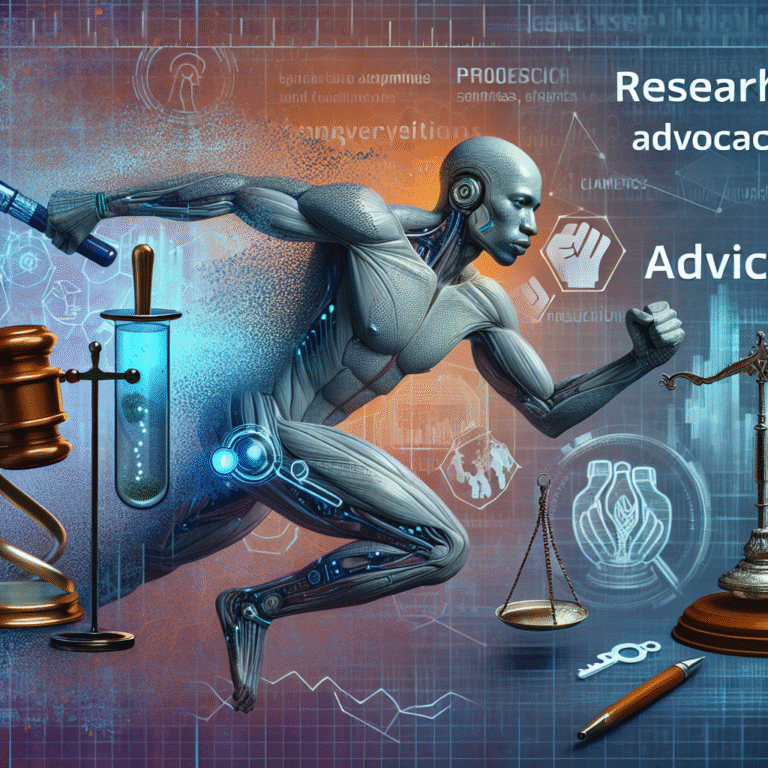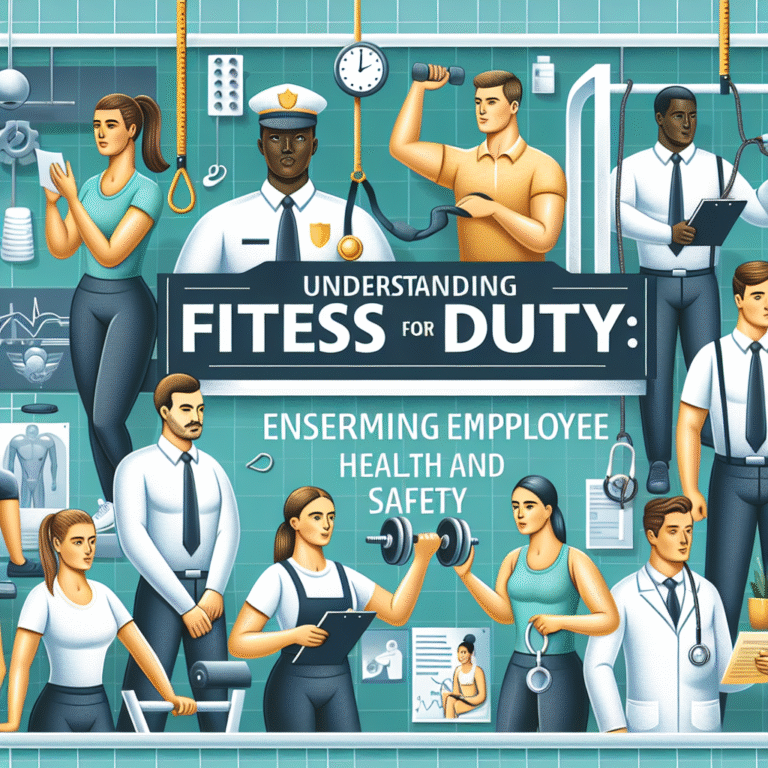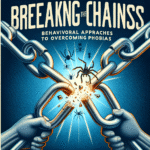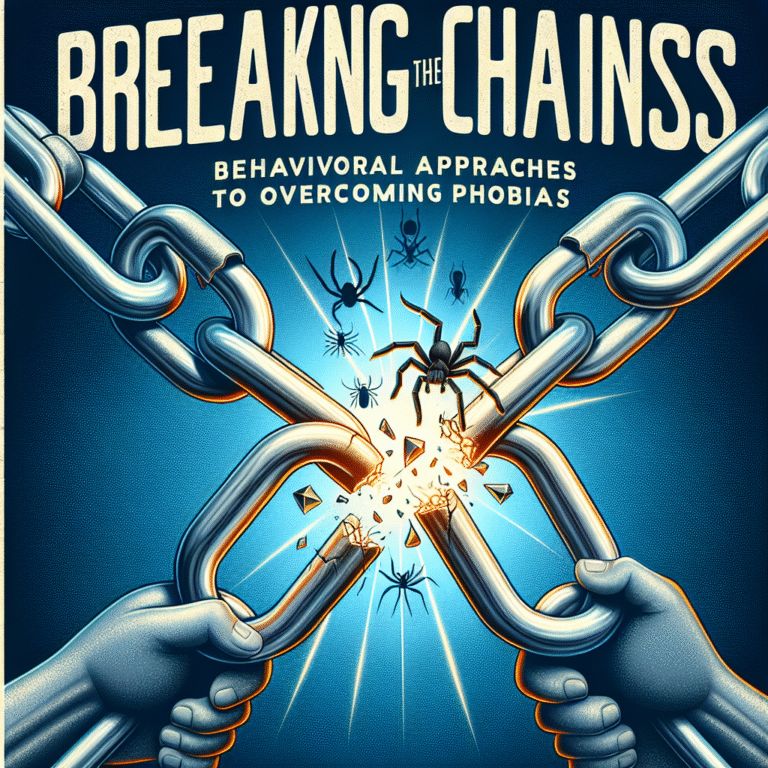
Introduction
In an increasingly complex world, understanding and mitigating risks is more crucial than ever. Whether in cybersecurity, disaster management, or organizational strategy, Identifying Vulnerabilities: The Art and Science of Threat Assessment has become a foundational element for protecting assets, people, and reputations. The art lies in recognizing potential threats, while the science employs systematic methodologies to assess, analyze, and mitigate these risks. In this article, we will delve deep into the essential strategies and techniques necessary to master the art and science of threat assessment, equipping you with valuable insights that can make a significant difference in navigating today’s landscape of risks.
The Importance of Identifying Vulnerabilities
Vulnerabilities are like cracks in a dam; if ignored, they can lead to catastrophic failures. Understanding vulnerabilities is essential for any organization aiming to maintain security and resilience. In various sectors— from finance to healthcare— professionals are tasked with identifying these weaknesses before they can be exploited. The potential consequences of failing to assess these vulnerabilities can be severe: financial loss, reputational damage, and even legal repercussions.
The Art of Identifying Vulnerabilities
Recognizing Patterns
One of the primary skills in identifying vulnerabilities is the ability to recognize patterns in data. This approach can be applied across sectors:
- Case Study: Target Data Breach (2013)
Target’s data breach occurred due to a vulnerability in its third-party vendor management. The pattern here shows that external relationships can create internal risks. By analyzing spending patterns, data flow, and supplier access, organizations can begin to recognize potential weaknesses.
Engaging Stakeholders
Another art in vulnerability identification is engaging various stakeholders. Departments such as IT, operations, HR, and even customers can offer unique insights.
- Case Study: Equifax Breach (2017)
Equifax failed to engage security teams properly and neglected to patch known vulnerabilities. A multi-disciplinary approach integrating IT, customer service, and legal could have caught this vulnerability before it became a data-driven disaster.
The Science of Threat Assessment
While the art emphasizes recognition and intuition, the science focuses on structured frameworks and methodologies for assessing risk.
Frameworks and Methodologies
A variety of frameworks exist that help professionals systematically identify and evaluate vulnerabilities:
- NIST Cybersecurity Framework
- ISO 31000 Risk Management
- OCTAVE (Operationally Critical Threat, Asset, and Vulnerability Evaluation)
NIST Cybersecurity Framework Chart
| Category | Description | Key Actions |
|---|---|---|
| Identify | Asset management and risk assessment | Inventory all assets |
| Protect | Implement security controls | Apply access control |
| Detect | Continuous monitoring | Setup life-cycle alerts |
| Respond | Incident response planning | Create response teams |
| Recover | Restoration and recovery plans | Develop backup systems |
Quantitative Risk Assessment
The quantitative assessment employs specific metrics to evaluate the potential impact of vulnerabilities. Factors include:
- Threat likelihood
- Vulnerability impact
- Control efficacy
Tools and Technologies for Identifying Vulnerabilities
Numerous tools are available that combine the art and science of threat assessment. Some notable options include:
- Qualys: For vulnerability scanning and management.
- Splunk: For security information and event management (SIEM).
These technology solutions can streamline the process, assisting organizations in maintaining a proactive stance against potential threats.
The Role of Ethics in Vulnerability Assessment
Ethical considerations cannot be overlooked in vulnerability assessment. Stakeholders should be fully informed of the potential risks and must consent to any testing performed.
The Ethical Dilemmas Faced
- Case Study: The Facebook Cambridge Analytica Scandal
This incident highlights ethical breaches in data usage. Organizations must weigh their responsibility to protect user data against the push for innovation and growth. Transparency with customers regarding vulnerabilities is essential for ethical governance.
Actionable Steps for Identifying Vulnerabilities
-
Conduct Regular Vulnerability Assessments
Use structured methodologies to assess and document vulnerabilities. -
Engage Cross-Functional Teams
Gather insights from various departments, including user feedback. -
Utilize Automation
Employ tools for continuous monitoring and alerting. -
Train Staff
Create tailored training and awareness programs that empower staff to identify vulnerabilities. - Review and Revise
Continuously review vulnerability management strategies to ensure effectiveness.
Conclusion
Mastering the skill of Identifying Vulnerabilities: The Art and Science of Threat Assessment is no longer optional; it’s a necessity for ensuring organizational resilience in today’s rapidly changing landscape. By blending intuition with structured methodologies, engaging stakeholders, leveraging technology, and adhering to ethical standards, organizations can create a proactive framework to safeguard against potential threats.
The journey to identifying vulnerabilities requires commitment and diligence, yet the rewards are immense. By taking actionable steps today, you can empower your organization to navigate complexities with confidence and foresight.
FAQs
1. What is threat assessment?
Threat assessment is the systematic evaluation of risks and vulnerabilities in an organization to identify potential threats and implement mitigation strategies.
2. How often should vulnerability assessments be conducted?
Vulnerability assessments should be conducted regularly—at least quarterly—and after significant changes in the organizational structure, technology, or threat landscape.
3. What tools can help identify vulnerabilities?
Tools such as Qualys, Splunk, and Nessus can aid organizations in identifying and managing vulnerabilities effectively.
4. How do human factors contribute to vulnerabilities?
Human factors, such as lack of training or awareness, can significantly increase the risk of vulnerabilities being exploited. Investing in staff training can mitigate this risk.
5. Is it necessary to involve ethics in threat assessment?
Yes, ethical considerations are crucial in ensuring that the privacy and rights of stakeholders are respected when conducting vulnerability assessments.
In the end, effectively identifying vulnerabilities shapes the future of an organization—leading it towards resilience and sustained success.

















